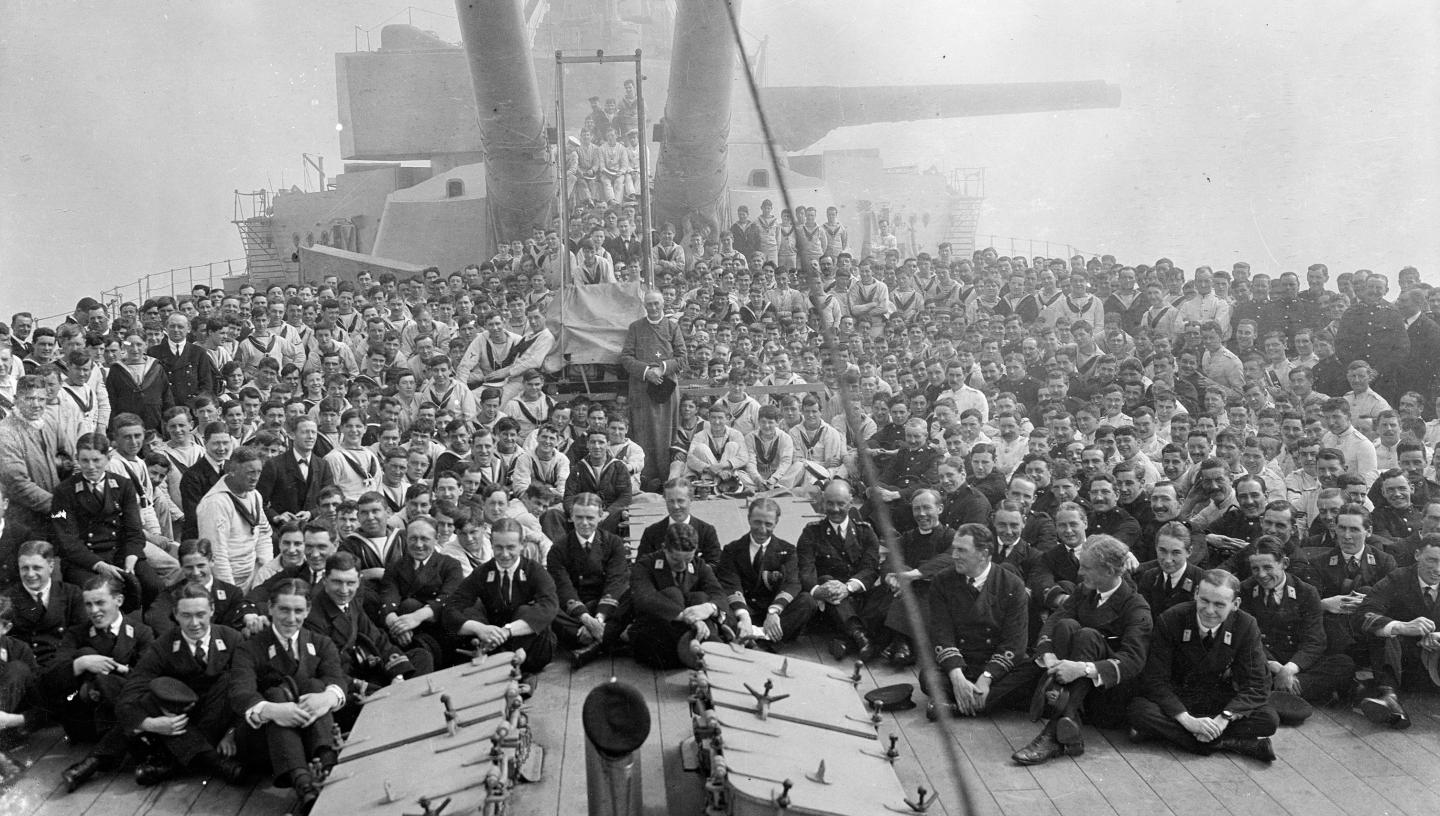
World War I at sea
The horrors of the Western Front are all too familiar, but did you know about the Britons who gave their lives fighting at sea in World War I?
The men and women of the Royal Navy and merchant fleet including reservists, WRENs, pilots and submariners were intrinsic to Britain’s contribution to World War I, their war raged on the sea, beneath the waves, in the air and also on land. The war at sea was fought on an epic scale and with terrible human loss. Despite this, their activities often being unseen or unreported.
Royal Navy in WWI
The Royal Navy was at the forefront of new technologies in the form of submarines and aircraft during the First World War, neither of which had played a major part in conflicts before. The number of Royal Naval Air Service personnel grew to 55,000 from its humble beginnings of fewer than 1000, involved in the spotting and attacking of German targets on land and at sea.
Accidents and mechanical failures
Under the waves, German U-boats posed an increasing threat throughout the war, and yet for both British and German submariners, accidents and mechanical failures were often as hazardous as enemy attack. Fighting for the Royal Navy also spilled onto the land, with thousands of reservists and volunteers serving as infantrymen, as part of the Royal Naval Division. From 1916 through to the end of the war, the Royal Naval Division fought alongside their comrades on the Western Front, where their casualties made up a large proportion of the Navy’s losses.
Royal and Merchant Navy in World War I
The Royal and Merchant Navy were responsible for the protection of the nation’s trade and communications network that was vital for its survival. Without the efforts of these brave seafarers, supplies and reinforcements could not have reached the soldiers in the trenches, and Britain would not have received the food and raw materials on which the nation depended.
Formation of the Women’s Royal Naval Service
On British shores the strain of the war at sea was also strongly felt. Millions of workers were required in the shipyards, coal mines, steel mills and armament factories of the nation to keep the fleet in readiness and the scale of the war led to the formation of the Women’s Royal Naval Service (WRNS) in 1917, drawing women from across the nation into service as cooks, electricians, clerks and wireless telegraphists.
Find out more about the First World War at sea
Search WW1 Royal Navy service records and Merchant Navy crew lists